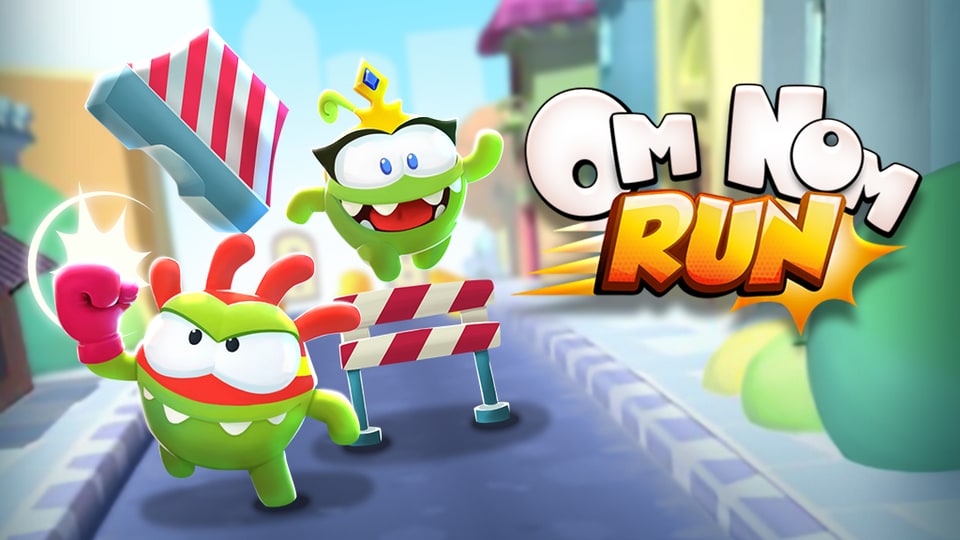NVIDIA's DLSS technology explained- including latest updates on DLSS 3, DLSS 2 and more
With all these talks on NVIDIA's latest DLSS 3, if you've been wondering what exactly it is in the first place, you've come to the right place. Here's a breakdown of this premium technology of NVIDIA's, the latest updates around it, and more.

NVIDIA has announced a list of 3 new games that will soon support DLSS 3 in its latest update. This gives us an opportunity to deep dive into the technology of DLSS or Deep Learning Super Sampling. DLSS is an AI-powered performance multiplayer, much like AMD’s FidelityFX Super Resolution (FSR), or Intel’s Xe Super Sampling. Read on to learn more about this upscaling technology from Nvidia.
How does DLSS work?
As we’ve already mentioned, DLSS is NVIDIA’s upscaling technology, that boosts frame rates. It works by rendering frames in lower resolution, and then the Deep Learning AI picks up on the information of the frame (machine learning). This process is called ‘super-resolution image training’, and is powered by the Tensor Core Processors that one can find in the GeForce RTX GPUs. The Deep Learning AI then regenerates the frames at a much higher resolution, thus upscaling the quality of the output.
The resultant benefit is that one can run their games on low resolutions. This reduces pressure on the system’s processors and increases the game’s performance. At the same time, you don’t have to compromise on the quality of the image that is ultimately being generated.
Evolution of DLSS
DLSS 1.0 upscaling was limited to recognizing aliased frames, so it could generate high-quality copies for the same. It essentially smoothed out jagged edges via anti-aliasing in their regenerations. DLSS 2 on the other hand took this process a notch higher by fitting in this learning and regeneration process in real time. Its AI model works to fill in missing information to generate a higher-quality image, in addition to the anti-aliasing.
DLSS 3, the latest in this technology was launched earlier this year in September. It uses Optical Multi Frame Generation to generate entirely new frames from scratch instead of just filling in missing information as was in DLSS 2. DLSS 3 is powered by the 4th gen Tensor cores of the GeForce RTX 40 series GPUs, which were also launched in September 2022.
Latest update
During the launch of DLSS 3, a list of 42 games was announced to be working to incorporate support for DLSS 3. Of these, eight games are already playable:
- A Plague Tale: Requiem
- Bright Memory: Infinite
- F1 22
- Justice
- Loopmancer
- Marvel's Spider-Man Remastered
- Microsoft Flight Simulator (out now in beta)
- Super People
And now, in the latest update from Nvidia, 3 more games have been announced to launch with DLSS 3 support:
- Destroy All Humans! 2 - Reprobed - launching Nov 15, boosting frame rates by up to 2X
- Marvel’s Spider-Man: Miles Morales - launching Nov 18
- F.I.S.T.: Forged In Shadow Torch - update available Nov 7, boosting performance over 2X
In order to experience gaming with DLSS 3 in systems with previous-generation GeForce RTX processors, DLSS 2 Super Resolution can be used. Two more games have now been announced to integrate DLSS 2 Super Resolution support-
- WRC Generations – The FIA WRC Official Game - launching Nov 3
- The Chant - launching Nov 3








